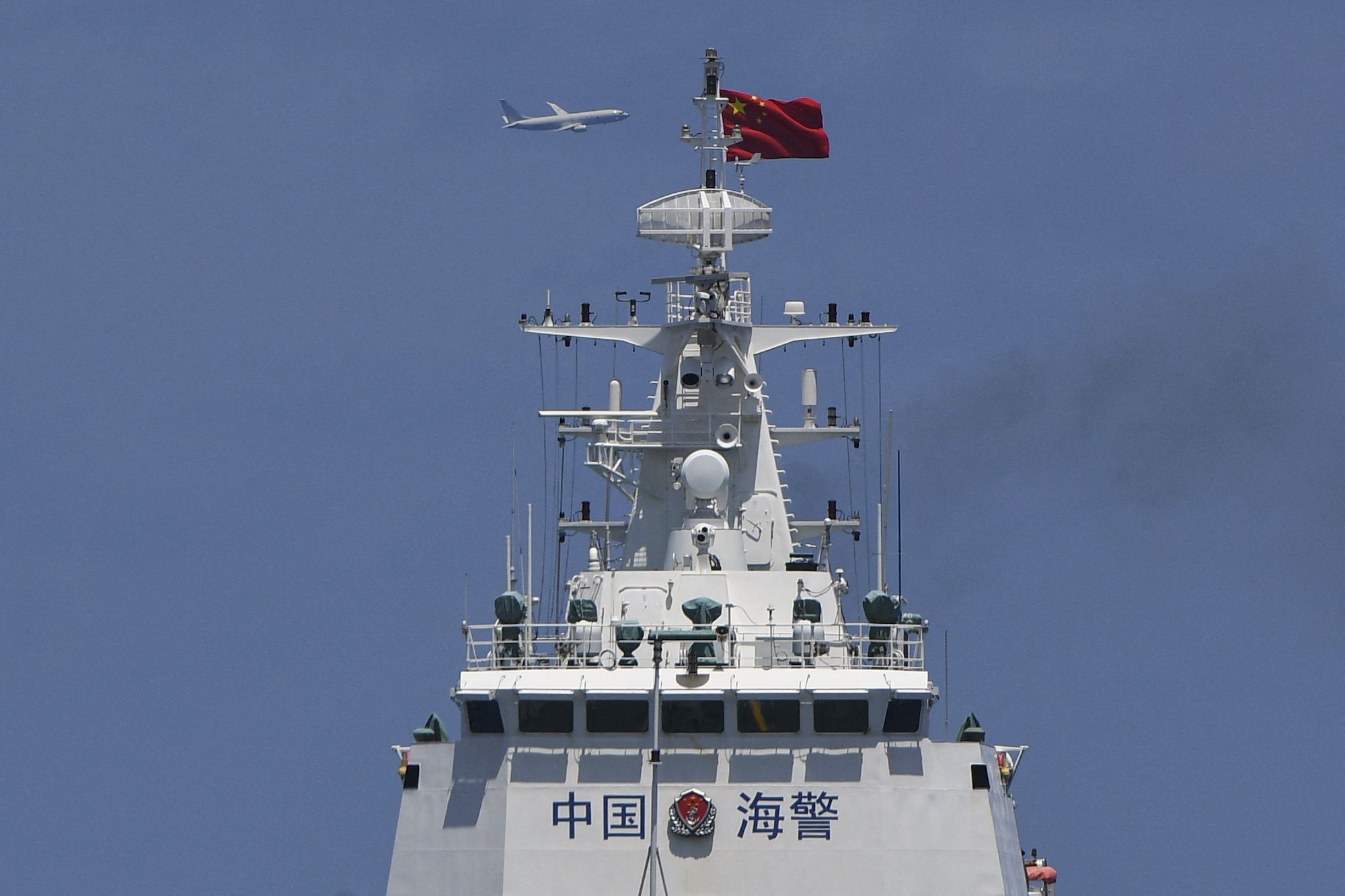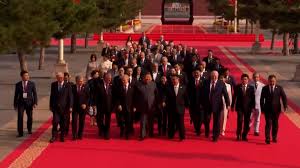
A recent naval conflict in the contested waters of the South China Sea led to an unusual event: two Chinese vessels crashed into each other while aggressively pursuing a Philippine Coast Guard ship.
The event, close to Scarborough Shoal, has captured global interest—not just for its perilous sequence of events but also for how close disaster was to occurring.
What transpired?
- On August 11, a vessel from the Chinese Coast Guard (CCG 3104) chased the Philippine ship BRP Suluan at a rapid pace, using water cannons near the disputed shoal.
- In a careless action, the cutter violently crashed into a bigger Chinese naval destroyer, the Guilin. The effect resulted in considerable destruction, making the Coast Guard ship unfit for sea.
Reasons It Was “Excessive”
- Observers swiftly labeled the operation as excessive, underscoring the unsuitable deployment of a sophisticated, heavily armed destroyer to assert maritime claims—actions better aligned with minor law enforcement duties. Analysts observed that this confrontational stance unnecessarily heightened the risk profile of a situation that was already unstable.
Worst-Case Situations Prevented
- Experts indicate that if the destroyer had collided with the significantly smaller Philippine vessel instead, it might have led to substantial casualties—or possibly the ship’s sinking. The Guilin is a 7,500-ton guided-missile destroyer, intended for intense combat—not for engaging patrol boats. If that had occurred, geopolitical ramifications could have involved military escalation or the activation of the U.S.-Philippines Mutual Defense Treaty.
Consequences for Regional Stability
- The event highlights a perilous increase in maritime enforcement tensions between the two countries. China’s notably assertive deployment of naval resources—and the errors that resulted in self-harm—illustrates how quickly regional disputes can escalate into wider hostilities. The Philippines reiterated its commitment to uphold its sovereign rights in these contested waters
Diplomatic Consequences
- China’s official reaction avoided recognizing the collision, reinforcing its stance that it was simply safeguarding territorial assertions. In the meantime, Manila provided medical support or recovery assistance, which Beijing refused, heightening tensions further.
Conclusion
- What might have turned into a disastrous escalation resulted in self-inflicted harm for China. The occurrence acts as a stark reminder of how strategic displays of power can quickly turn against their originators—both practically and politically—when advanced military equipment overshadows moderation. In a region that is already tense, the margin for mistakes is dangerously narrow


